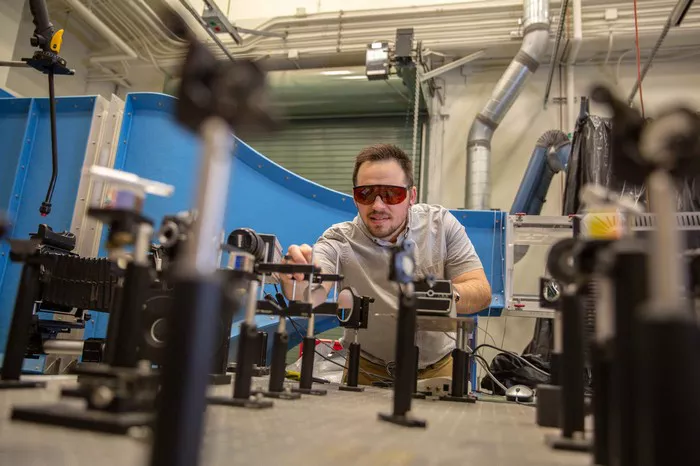Houston-based startup Venus Aerospace has completed the first-ever U.S. flight test of a rotating detonation rocket engine (RDRE)—a pivotal milestone that could transform the future of high-speed aerospace travel.
The RDRE, theorized since the 1980s, has long been viewed as a potential game-changer due to its ability to deliver high thrust in a compact, efficient form. Until now, however, no such engine had flown successfully in the United States—or possibly anywhere in the world. Venus Aerospace’s test marks the first real-world demonstration of a functioning American-built RDRE, signaling the engine’s readiness for broader aerospace applications.
“This is the moment we’ve been working toward for five years,” said Sassie Duggleby, CEO and co-founder of Venus Aerospace. “We’ve now proven that this technology isn’t just theoretical—it works in the air. This brings us significantly closer to making hypersonic flight practical, affordable, and sustainable.”
The landmark flight occurred at Spaceport America in New Mexico, following a night of severe wind conditions. Despite the challenges, Venus successfully launched and flew its RDRE on the first attempt, demonstrating both the engine’s performance and system integrity in real flight scenarios.
“Spaceport America was created to make space history, and Venus Aerospace delivered exactly that,” said Scott McLaughlin, executive director of the facility. “Launching a rotating detonation rocket engine is a feat few thought possible in such a short timeline. Venus is helping redefine the boundaries of aerospace innovation.”
Unlike conventional rocket engines, RDREs utilize continuous detonation waves to generate thrust, making them more compact, efficient, and potentially more powerful. Venus’s engine is designed to be cost-effective and scalable for both defense and commercial aviation, with the long-term vision of flying passengers from Los Angeles to Tokyo in under two hours.
“This milestone is a testament to what can be achieved when rigorous engineering meets entrepreneurial drive,” said Dr. Rodney Bowersox, associate dean for research and aerospace engineering professor at Texas A&M University. “For decades, RDREs were largely academic curiosities. Venus is proving they’re not only viable—they’re operational.”
Venus’s RDRE is also built to integrate with the company’s proprietary VDR2 air-breathing detonation ramjet, enabling aircraft to take off from standard runways and accelerate to speeds exceeding Mach 6 without the need for rocket boosters. This technology lays the foundation for Stargazer M4, Venus’s planned Mach 4 reusable passenger aircraft.
“This is real-world proof that our engine works—not just in the lab, but under actual flight conditions,” said Andrew Duggleby, co-founder and chief technology officer. “We’ve solved the final engineering hurdles of pressure-gain combustion. Our RDRE runs reliably and efficiently, making it scalable for next-generation flight systems.”
Backed by top-tier investors including Airbus Ventures, Trousdale Ventures, America’s Frontier Fund, and Prime Movers Lab, Venus Aerospace is also supported by NASA and the U.S. Air Force, further reinforcing its position at the forefront of hypersonic propulsion technology.
As the company moves toward full-scale propulsion testing and vehicle integration, Venus Aerospace stands poised to lead a new era of high-speed, next-generation air travel.

